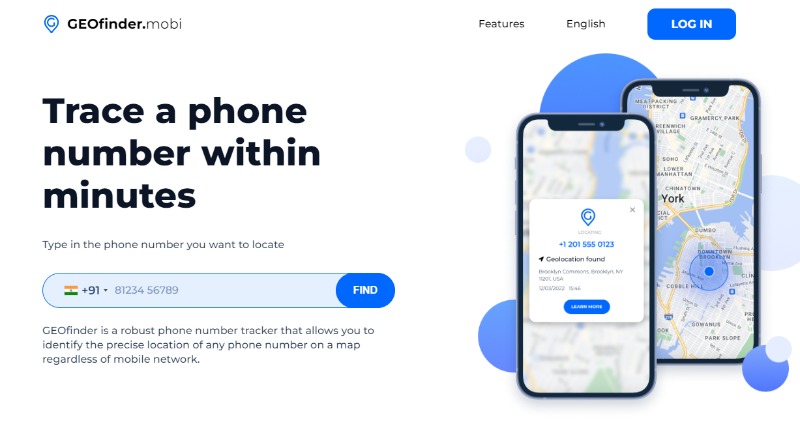The iPhone has been the standing symbol of innovation for years now. It captivates users with its sleek design and incredible power. Yet, there is one common problem that haunts every iPhone owner. That issue is the struggle for storage space. However, running out of storage space should not be the end for you. Instead, there are simple solutions to employ that will help you.
This article will unveil the secrets to amplifying your iPhone’s storage. The tips and tricks discussed here will empower you to break from limitations. Learn how to increase space and get rid of unnecessary storage. Gone are the days when you have to make the annoying decision of which files and photos to delete!
Uncovering Hidden Storage on iPhone
The first step to finding out what your storage is like is identifying space hogs. You can do so by heading to settings, tapping “General,” and then selecting “iPhone Storage.” The screen will provide a breakdown of what you use to store information. However, there is a truly hidden gem many overlooks. That is known as the “Other” storage. Learning to delete Other on an iPhone becomes a necessity. The “Other” includes various files. Those files encompass caches, system data, and old downloads. There are methods of clearing “Other” storage. You can remove Safari data or even restart your phone.
However, you can uncover more hidden spaces through other methods. Over time, your iPhone builds a collection of downloaded files and attachments. Cleaning those is vital, as it provides you with considerable space. Consider clearing messages, emails, downloads, and media apps. Lastly, manage large files and documents. Consider opening your “Files” app on your iPhone. Then, sort files by size and delete those you no longer use. Also, consider using a cloud service to back up data and spread the storage to multiple locations.
Optimizing System Settings for Extra Storage on iPhone
One effective way to reclaim storage is by clearing temporary files and caches. These accumulate over time. While they serve to speed up specific processes, they might consume more storage space than provide benefits. To clear cache and temporary files, follow these steps:
- Safari: go to Settings. Then, scroll down to Safari. Click “Clear History and Website Data” to remove cached files, cookies, and browsing history.
- Other Apps: some apps allow you to access their in-built feature to clear the cache. To check for that, open the app’s settings. Then, search for an option similar to “Clear Cache.”
- Offloading Apps: iOS automatically offloads unused apps when storage is low. But you can manually do this process as well. Go to Settings, press “General,” then navigate to “iPhone Storage.” Now, you can select the apps you want to offload to remove the app while retaining its data.
Fine-tuning Photo and Video Settings for iPhone Storage Space
Our photos and videos consume a significant portion of iPhone storage. Hence, optimizing such storage space for your convenience is vital. Consider the following tips to help you:
- Optimize your photos. In the Photos app, go to Settings, then tap on “Optimize iPhone Storage.” This option allows your iPhone to store more diminutive and more optimized versions of photos while keeping the full-resolution version in iCloud.
- Use high-efficiency formats. Enable the “High Efficiency” format for photos and videos. This format (HEIF and HEVC) provides better compression. You can do so without losing the quality. To enable this, go to Settings, tap on “Camera,” then select “Formats,” and choose “High Efficiency.”
Top Tips for Efficient Storage Management on iPhone
Business Insider lists some of the best means of reducing storage on iPhones. You can explore those or choose to consider these practices:
- Regularly review and uninstall apps that you no longer use or need. This reduces clutter and frees up space.
- Instead of downloading media like music or podcasts, consider streaming them. Hence, resort to online services instead of downloads. This eliminates the need for local storage dedicated only to your media files.
- If you use apps to read online, always review and remove the ones you are done with.
- If you frequently use maps for offline navigation, remember to check them regularly. Some might be outdated or unnecessary data.
Strategies for Long-term Storage Management on iPhone
To ensure storage is maintained in the long term, implement the following:
- Set up automatic backups to iCloud or another cloud storage service.
- Take advantage of the offload Unused Apps feature on your iPhone. This automatically removes unused apps.
- Use cloud-based solutions for collaborations, media streaming, and file storage.
Conclusion
You may free up critical storage space by optimizing system settings and fine-tuning media settings. Cloud-based solutions and external storage choices are convenient methods to increase storage space. Analyzing storage consumption and handling huge files aid in locating hidden storage. Adopting a minimalist digital attitude, as well as regular maintenance and organizing, ensures effective storage management.
Finally, backing up data and embracing cloud-based services can help you plan for the future of your storage demands. Use these tips to expand storage, improve speed, and enjoy a smoother user experience on your iPhone.



